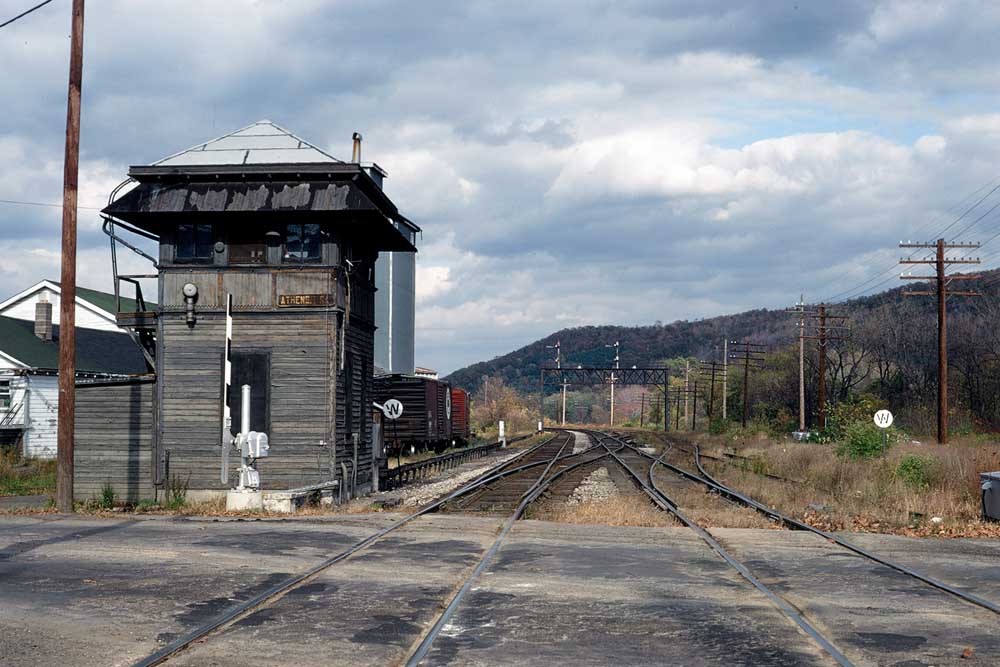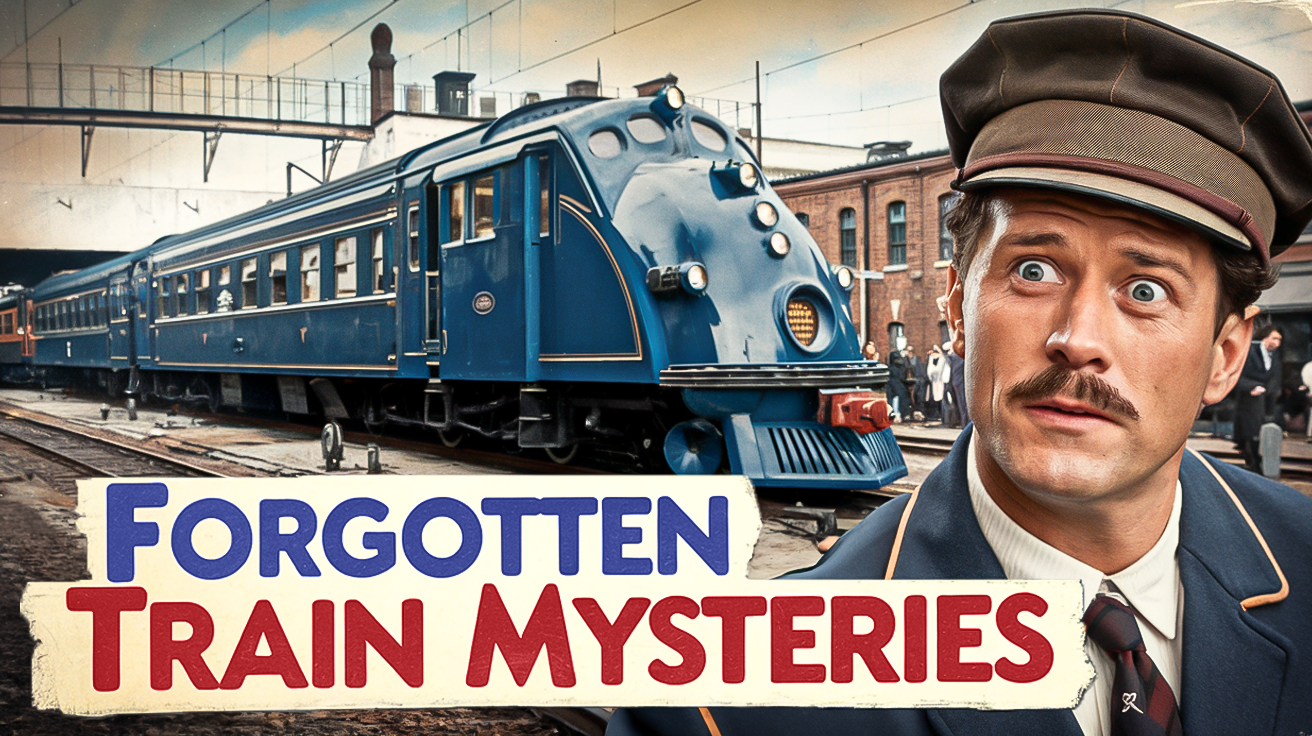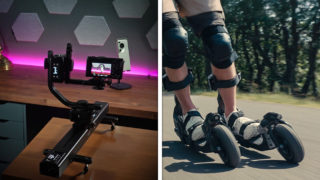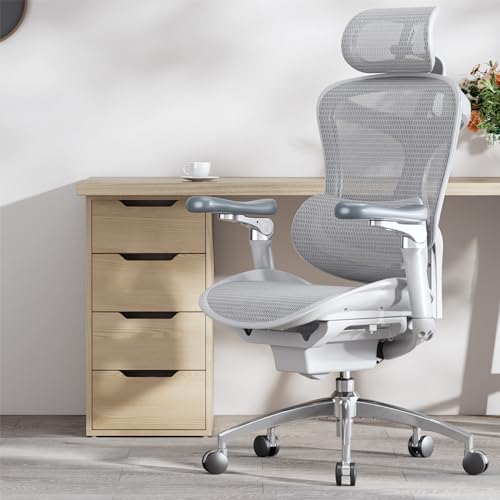The true birthplace of modern luxury service wasn’t a five-star hotel – it was a train. America’s premier rail services pioneered amenities that would reshape hospitality across industries. Every detail, from the specialized passenger lounges to the dedicated service staff, reflected a revolutionary vision of travel comfort. The finest trains essentially functioned as mobile luxury hotels, complete with amenities that would impress even today’s travelers.
This golden age of rail service created expectations for luxury that still influence us today.
13. Rattan Seats and Paddle Fans

The early passenger rail experience was defined by its distinctive interior features that balanced comfort with practicality. Rattan seating provided both durability and breathability, essential for long journeys in the era before air conditioning. Mounted paddle fans circulated air throughout the cars, working in concert with the warm glow of incandescent lighting to create an inviting atmosphere.
12. Red Carpet Service

The 20th Century Limited train service revolutionized the concept of luxury rail travel through its pioneering passenger treatment. Their practice of literally rolling out a red carpet for boarding passengers became so iconic that it entered common language. This attention to ceremonial detail set a new standard for premium service that influenced hospitality well beyond the railway industry.
11. Onboard Services

Premium rail services transformed trains into mobile luxury hotels through their extensive amenities. Passengers could visit onboard barbershops, consult with secretarial services, or relax in specialized lounges. The most exclusive trains even provided personal valets and maids, ensuring travelers enjoyed the same level of service they might expect at the finest hotels.
10. Steam Engines

Steam locomotives represented the pinnacle of industrial age engineering and romance. These massive machines operated by converting water into high-pressure steam, which powered pistons to drive their enormous wheels. The sight of these iron giants, with their billowing smoke and distinctive whistles, captured the public imagination and became enduring symbols of American progress.
09. Wood-Paneled

Interiors Train car interiors during the golden age of rail reflected the craftsmanship and luxury of the era. Expertly carved hardwoods like mahogany, oak, and walnut transformed passenger compartments into mobile works of art. These wooden interiors served both aesthetic and practical purposes, providing natural insulation while creating an atmosphere of sophisticated comfort.
08. Porters

The role of train porters, particularly in first-class and sleeper accommodations, was crucial to the passenger experience. The Pullman Company became a significant employer of African American men in this position, offering stable employment despite widespread discrimination. These skilled professionals managed everything from luggage handling to berth preparation, while serving as knowledgeable guides and ultimately organizing the influential Brotherhood of Sleeping Car Porters.
07. Art Deco Trains

The 1930s and 40s marked the zenith of Art Deco rail design, exemplified by trains like the 20th Century Limited and Super Chief. These streamlined masterpieces featured aerodynamic exteriors with bold color schemes and geometric patterns. Their interiors matched this forward-thinking aesthetic with rich wood veneers, chrome accents, and etched glass details that created an atmosphere of sophisticated luxury
06. Ticket Punching

The verification of train tickets was once a distinctly personal interaction between conductor and passenger. Each conductor carried a unique hole punch that left an identifying mark, making every punched ticket both proof of passage and a small souvenir. This simple act became a cherished ritual of rail travel, with some conductors becoming known for their distinctive punch patterns.
05. Railway Post Offices

Railway Post Offices revolutionized mail delivery by turning train cars into mobile sorting facilities. Postal workers processed mail while trains were in motion, significantly expediting delivery times across the nation. This innovative system reached its peak in the mid-20th century before being gradually replaced by air mail and trucking services.
04. Observation Cars

The observation car represented the height of scenic rail travel luxury. Positioned at the rear of trains, these specially designed carriages featured expansive windows and sometimes glass dome roofs to provide unobstructed views of passing landscapes. These cars often included comfortable lounges and bar service, creating social spaces where passengers could gather to enjoy spectacular vistas together.
03. Telegraph Systems

Railroad telegraphy served as the critical communication infrastructure for early train operations. Using Morse code transmitted along trackside wires, this system enabled real-time coordination of train movements and safety procedures. This network proved so essential that it remained a cornerstone of railway operations well into the early 20th century, even as newer technologies emerged.
02. Smoking Cars

Smoking cars were once standard features on passenger trains, reflecting the social norms of their era. These designated carriages served both as smoking spaces and social hubs, equipped with built-in ashtrays and specialized ventilation. The practice continued until the 1990s, when changing attitudes about public health led to comprehensive smoking bans on trains.
01. Railroad Signal Towers

Signal towers were important control centers for managing rail traffic safety and efficiency. Operators in these towers manually controlled complex arrays of signals and track switches, often working long hours to prevent collisions at busy junctions. While automated systems have long since replaced them, preserved signal towers still stand as monuments to the human skill once required to keep trains running safely.




























